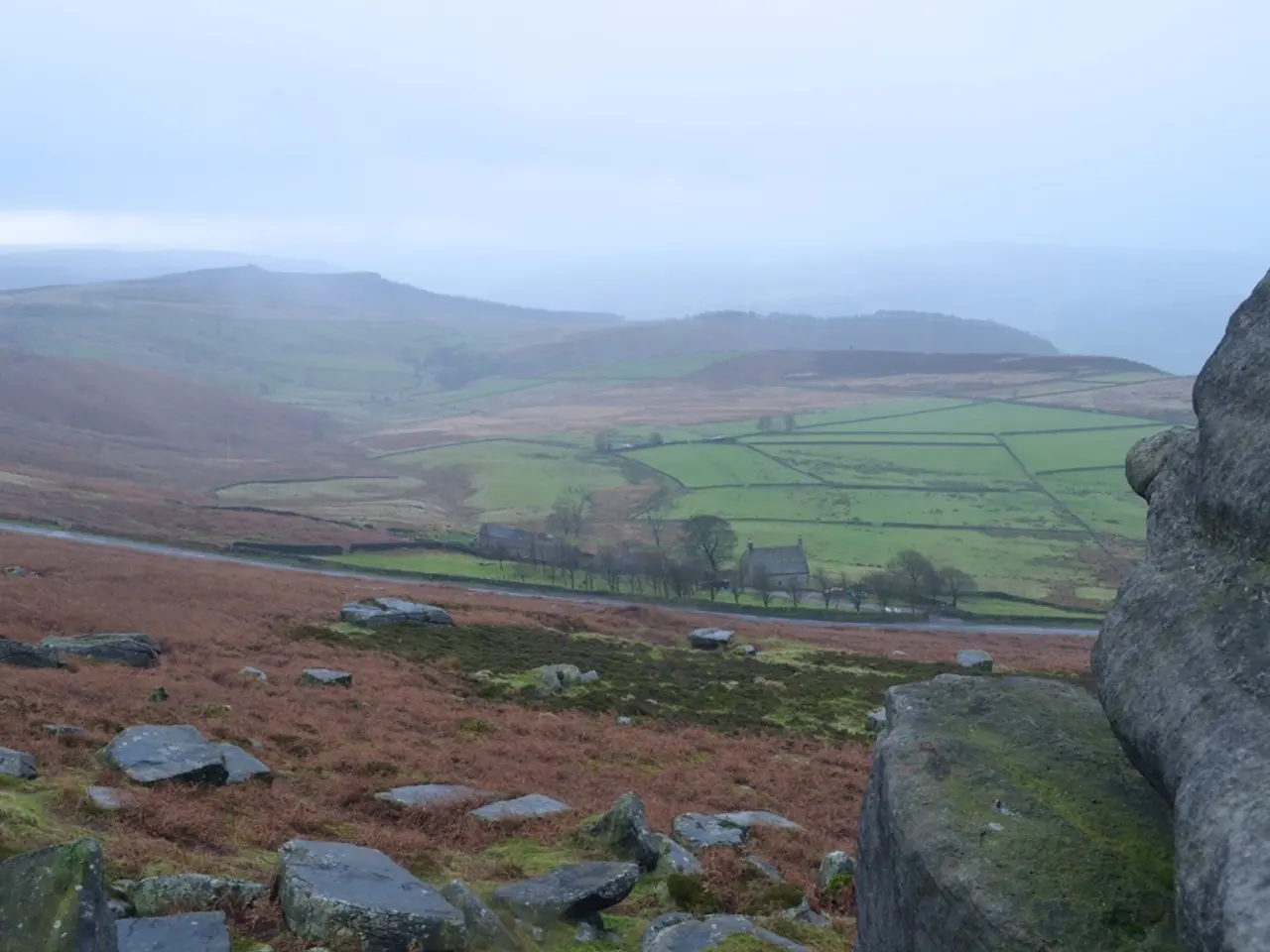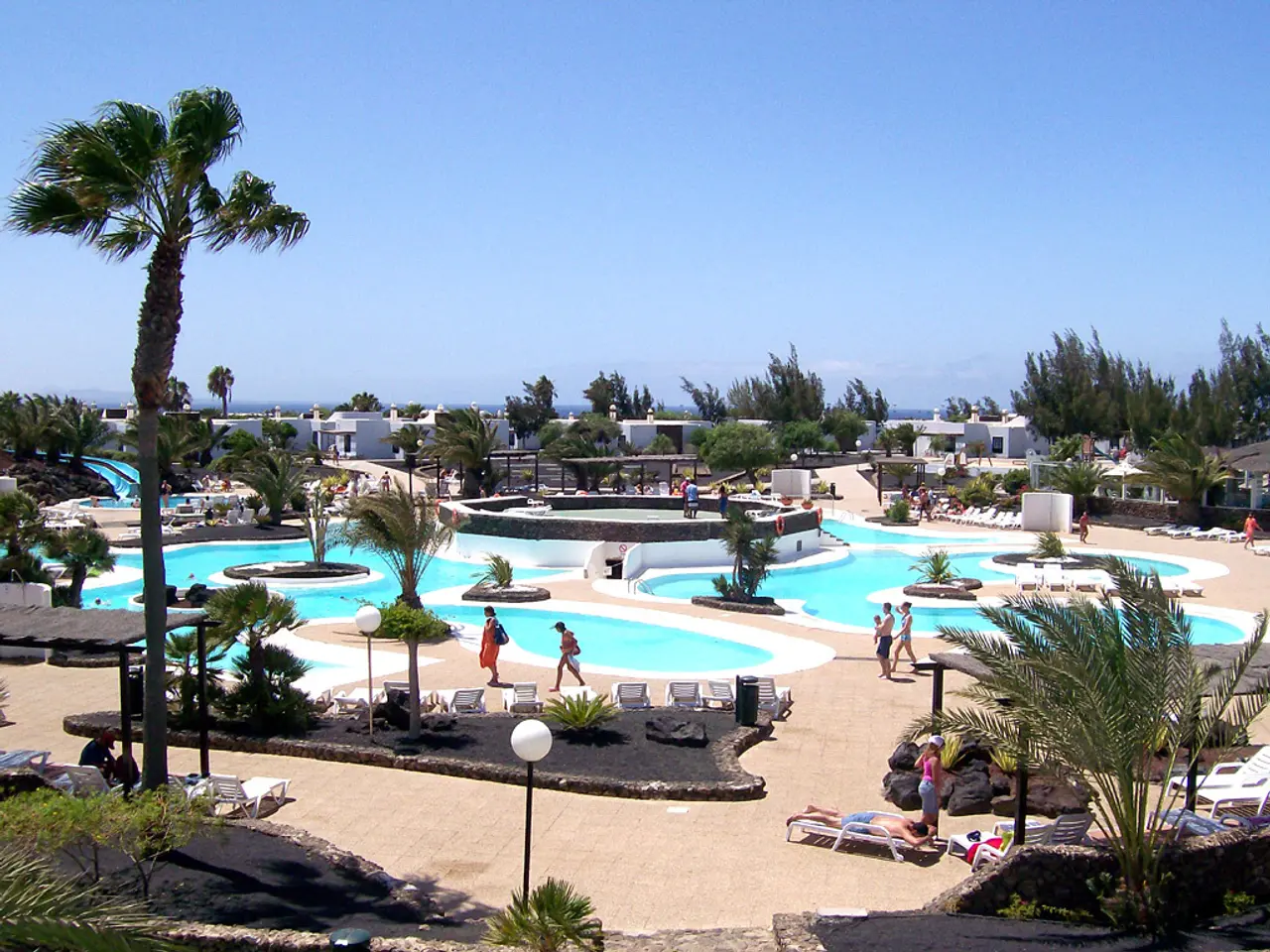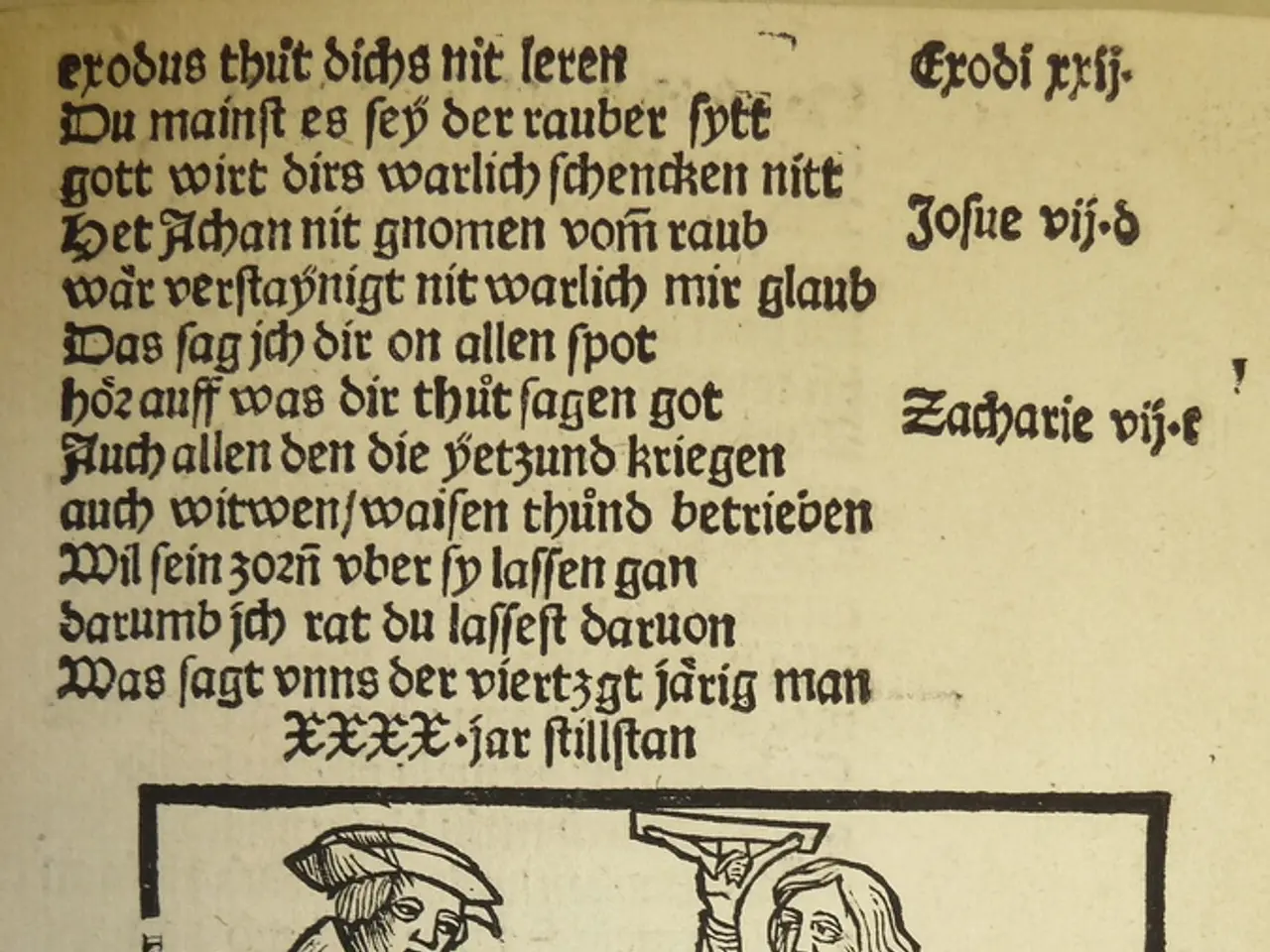A secluded nation, once part of the Soviet Union, demonstrates a readiness for an influx of travelers
In the heart of Central Asia, Turkmenistan is preparing to welcome more visitors with its recent announcement of streamlined visa regulations. The new electronic visa (e-visa) system, approved in April 2025 by President Serdar Berdimuhamedov, promises a simplified, paperless application process. However, until the system is fully implemented, the country maintains strict visa requirements.
Ashgabat, the capital city, is already a unique destination, offering a striking contrast between its historic mosques and minarets and its over-the-top modern architecture. Erika Fatland, a Norwegian writer and anthropologist, describes Ashgabat as one of the weirdest capitals she has ever visited, home to the world's largest indoor Ferris wheel and a colossal horse head that hovers above the national stadium.
The new visa regulations, if implemented, would allow visitors to apply online, promising faster processing and fewer rejections. However, until the e-visa system is operational, visitors must still obtain a traditional visa, which requires a Letter of Introduction (LOI) from the Ministry of Foreign Affairs. A "sponsor" in Turkmenistan, typically a government-approved tour operator, is also necessary.
The countryside and desert regions of Turkmenistan, which cover around 80% of the country, offer opportunities for encounters with the friendliest, most hospitable people. The culinary scene in Ashgabat is influenced by Persian and Central Asian cultures, offering a surprisingly good dining experience. A visit to the indoor Russian Bazaar in Ashgabat offers a taste of local delicacies, including caviar harvested from Turkmenistan's slice of the Caspian Sea.
Turkmenistan boasts multiple UNESCO World Heritage Sites, such as the Parthian Fortresses of Nisa, the sprawling ruins of Merv, and the grand mosque, tombs, and minaret at Kunya-Urgench. The Darvaza Gas Crater, a main attraction in Turkmenistan, is a remnant of the Soviet era and is created when a natural gas exploration rig collapsed into a sinkhole.
The Turkmen government is seeking economic cooperation with other nations, including a natural gas sharing arrangement with Turkey and Iran, in an effort to attract more foreign investment and increase employment. Despite its isolation, Turkmenistan, along with North Korea and Eritrea, has long been considered one of the globe's most isolated countries.
The Turkmen people are warm and welcoming, given the fact they encounter very few foreign visitors. Ashgabat is adorned with golden statues and white marble, making it an architectural wonder and popular on social media. The de facto national drink of Turkmenistan, a fermented camel milk called chal, offers a unique taste of local culture.
As Turkmenistan moves towards a more accessible tourism industry, it's an exciting time to explore this fascinating country and its rich history. Stay tuned for updates on the implementation of the new e-visa system.
[1] Turkmenistan.gov.tm, "New Visa Regulations Announced." [3] Lonely Planet, "Traveling to Turkmenistan." [5] World Bank, "Turkmenistan's Tourism Sector: Opportunities and Challenges."
- As Turkmenistan loosens visa regulations with the introduction of an e-visa system, travelers might find it easier to explore this intriguing country, immersing themselves in its unique lifestyle and diverse travel opportunities.
- Despite the current visa requirements, aspiring visitors can still encounter the Turkmen people's famed hospitality, taste the local cuisine, and marvel at the architectural wonders of Ashgabat, further fueling their desire to witness the country's rich history firsthand.




